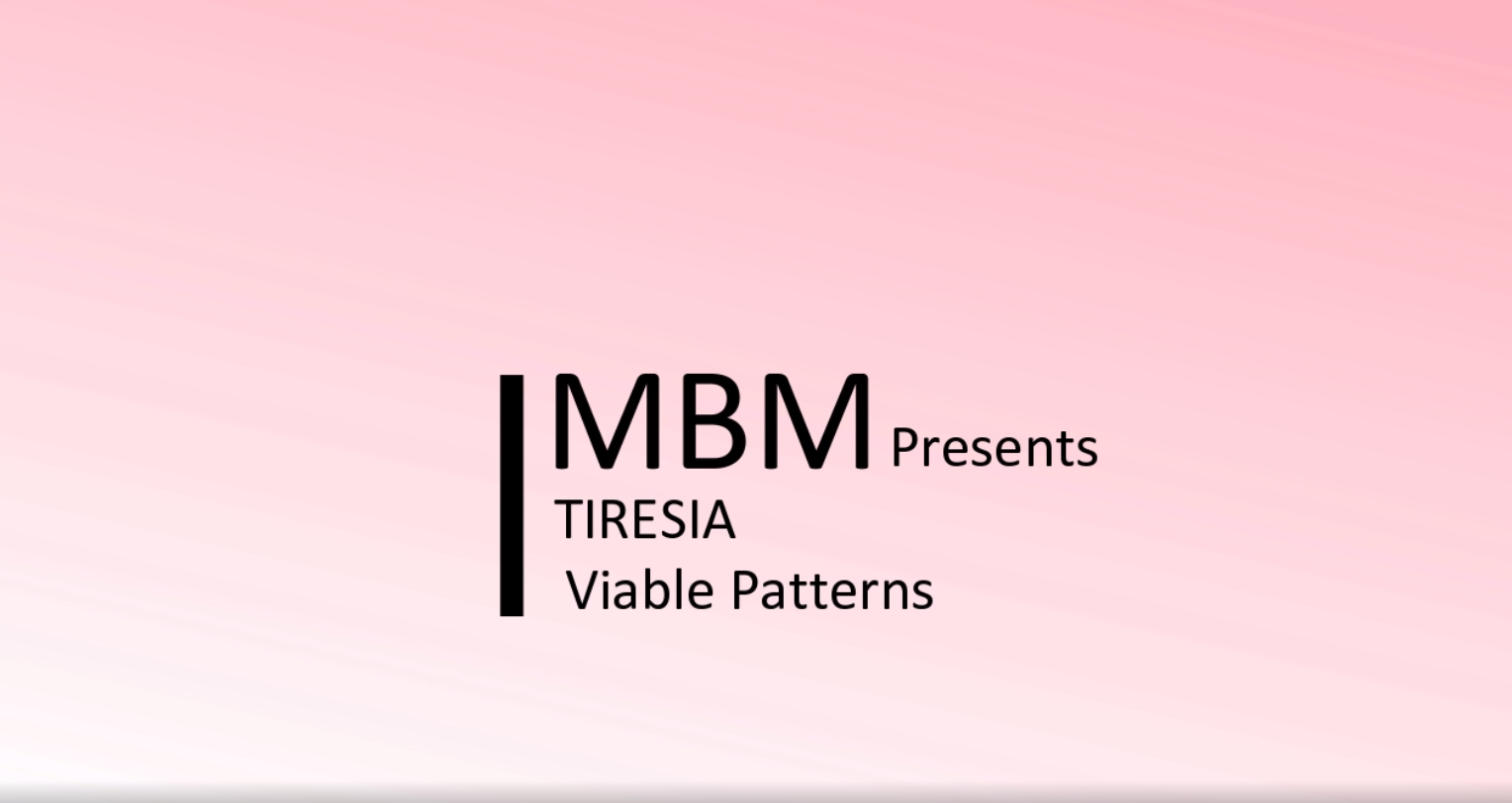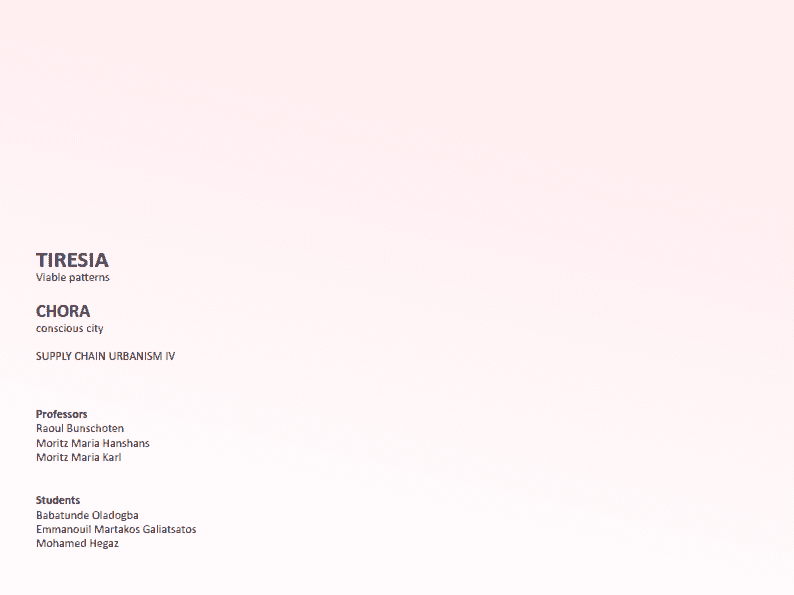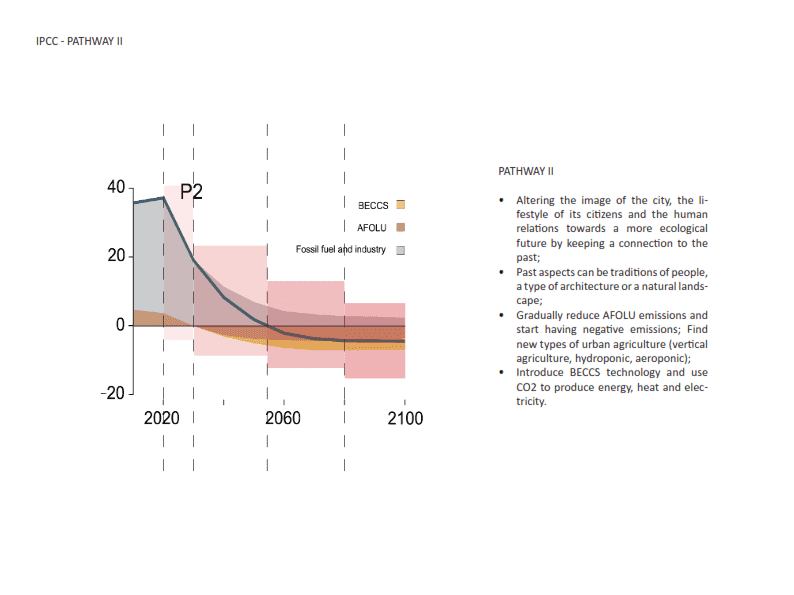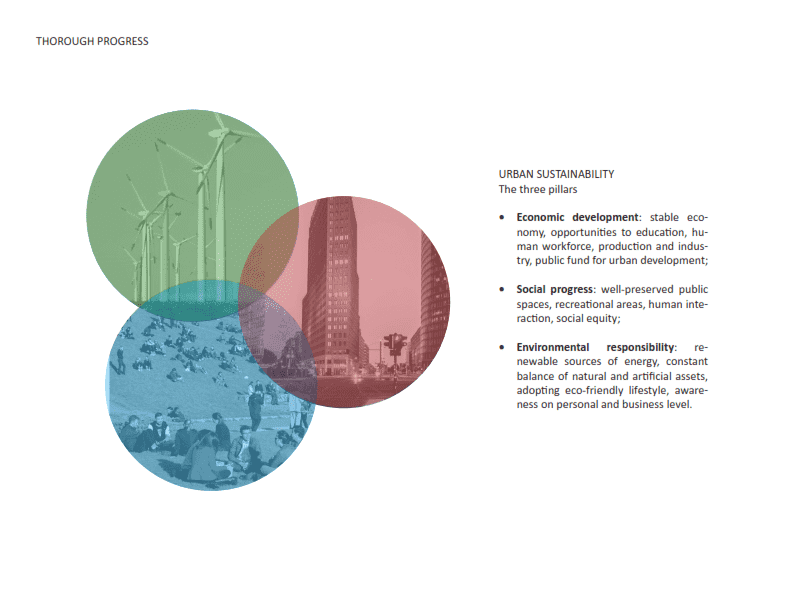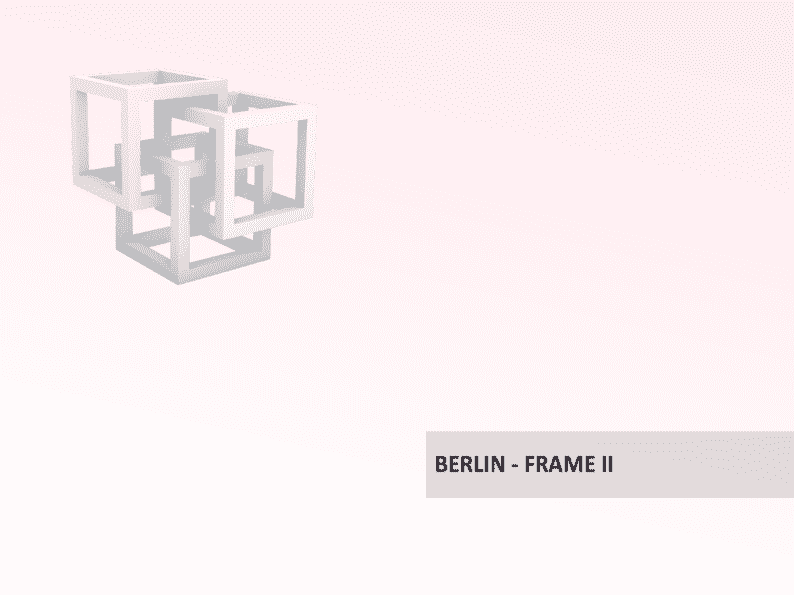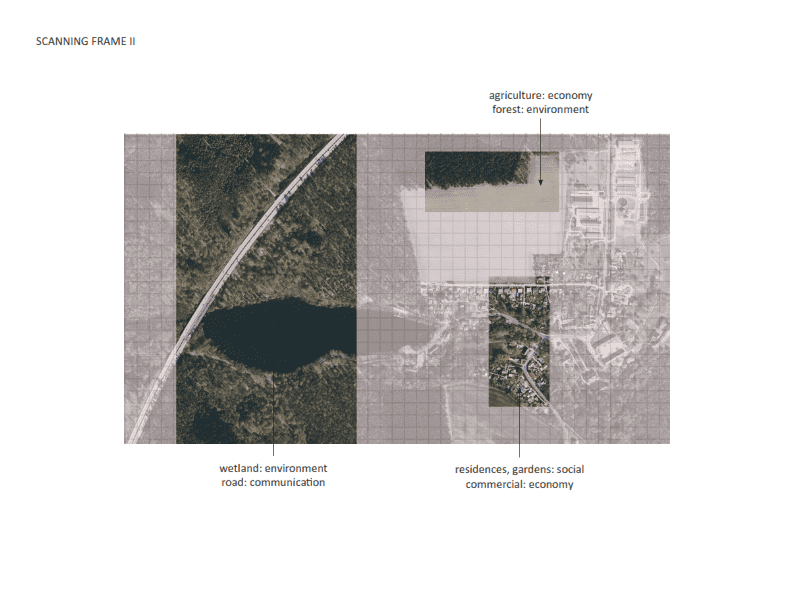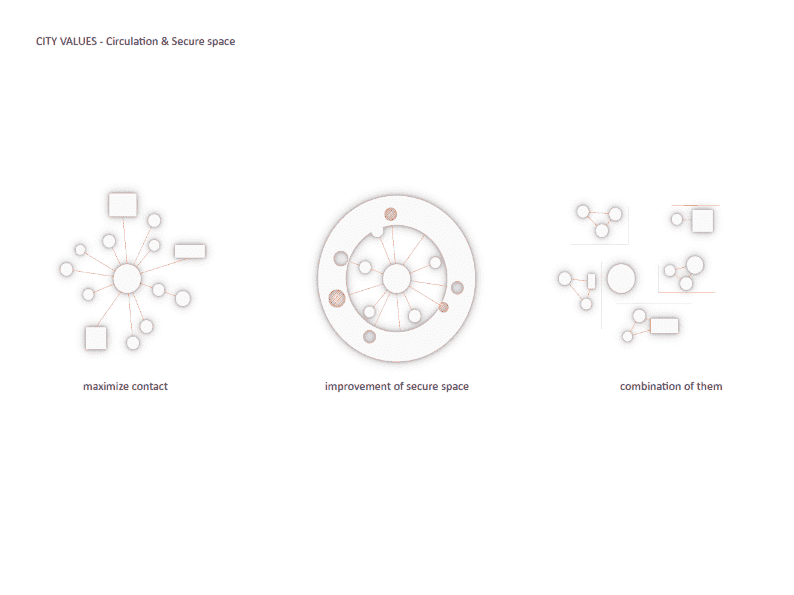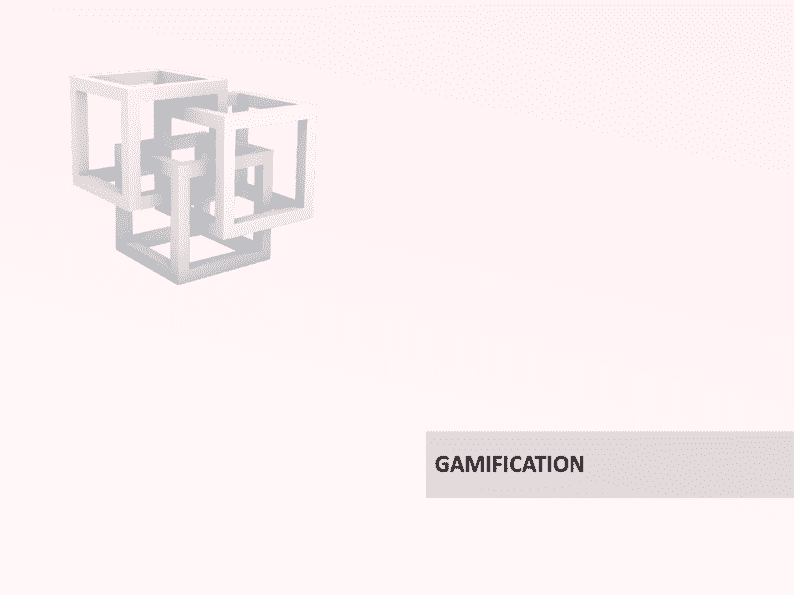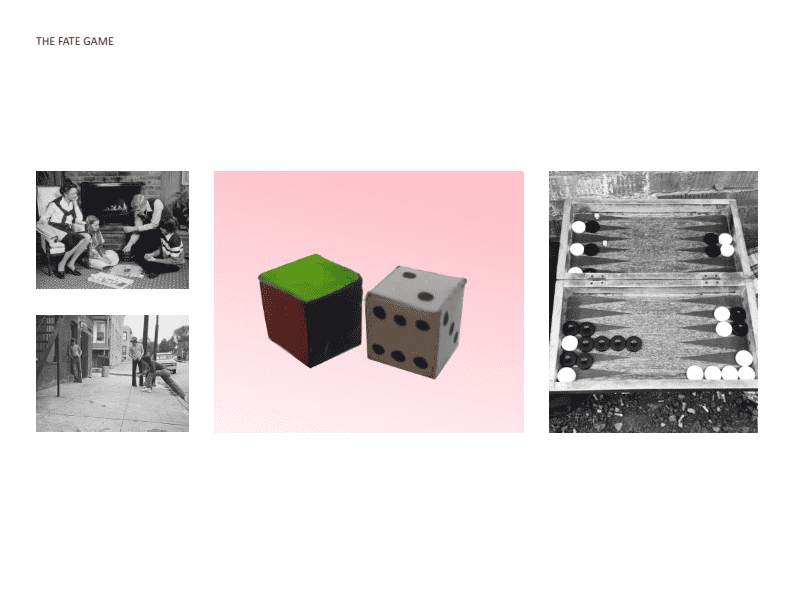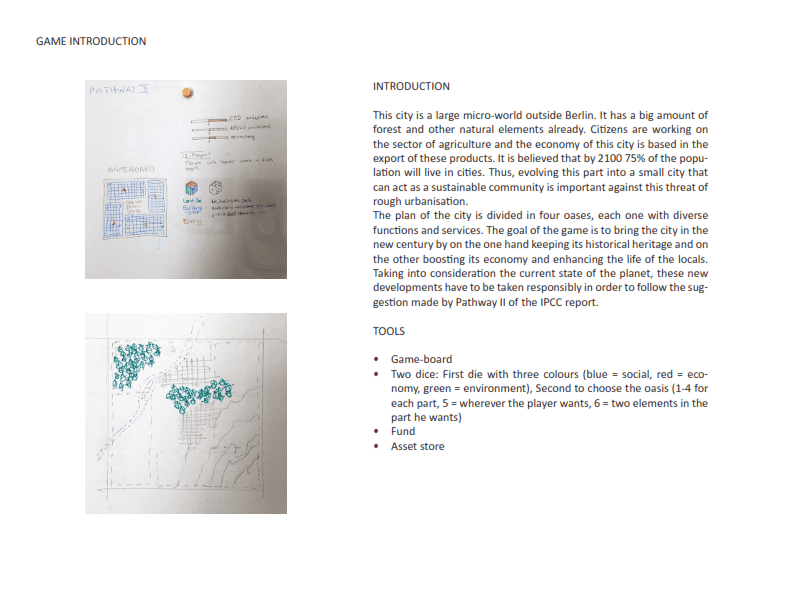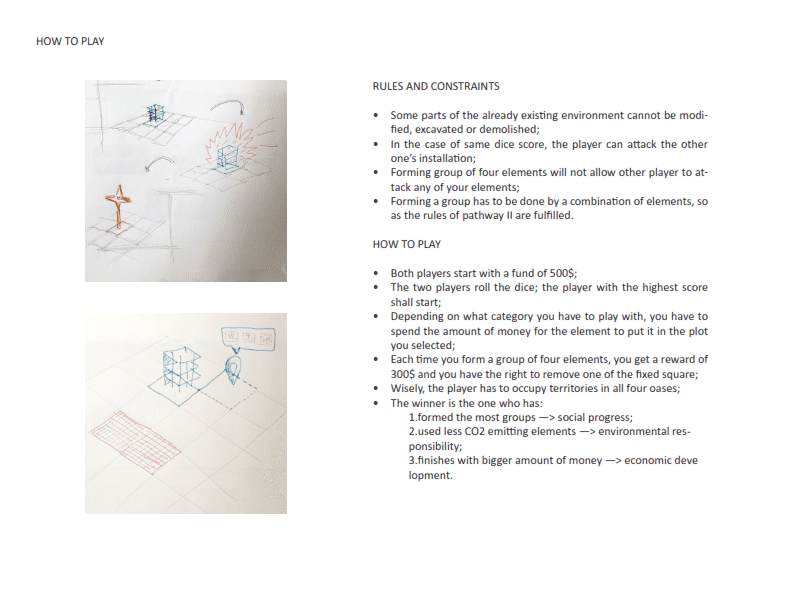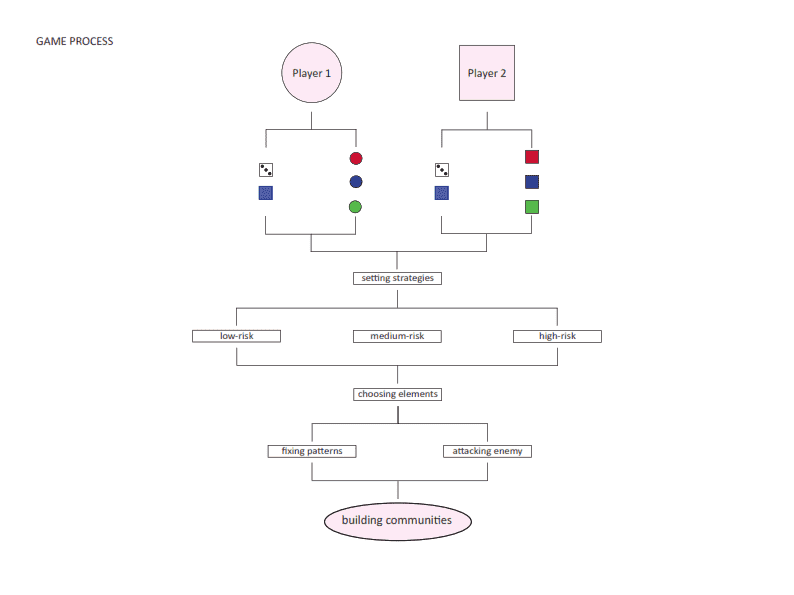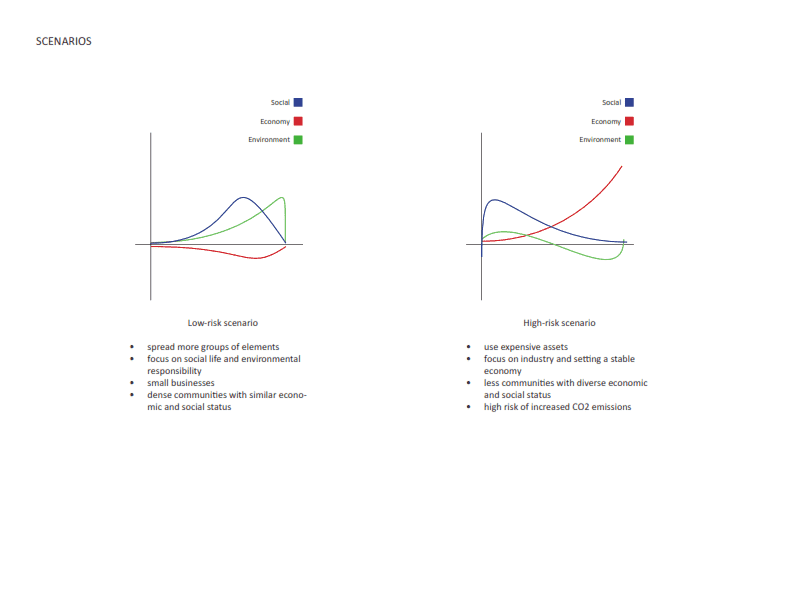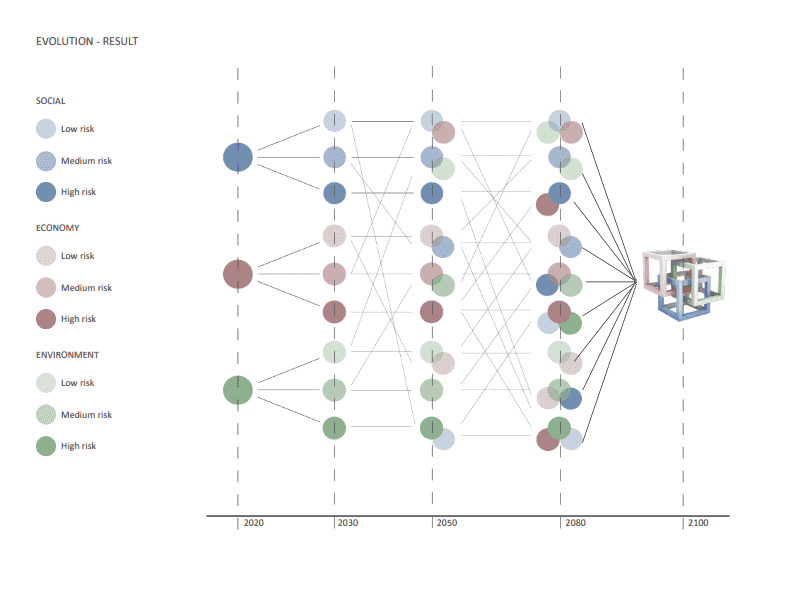Tiresia Game Design
Tiresia Game Design
Course: Supply Chain Urbanism – Semester project Game design
Group Members:
Babatunde Oladogba
Emmanouil Martakos Galiatsatos
Mohamed Hegaz
Game name: Tiresia – Viable Patterns
Game Trailer (.MP4)
https://vimeo.com/438866131
Play Online:
https://simmer.io/@MO_BA_MA/tiresia
Final presentation file – DOWNLOAD
In the first step of the studio brief, we were faced with the task on climate change and the questions “
- How do you imagine carbon-neutral Berlin in 2100? According to the IPCC limiting global warming to 1.5°C would require rapid, far-reaching, and unprecedented changes in all aspects of society.
- How to see manifestations of global influences on local environments?
- How to model them?
- How to develop and communicate scenarios on the basis of this knowledge?
- How to implement scenarios?”
(Raoul Bunschoten, Urban Floatsam, 2001)
It is no doubt that Climate Change is the pressing issue of our time. The impacts of climate change are global in scope, unprecedented in scale and there is alarming evidence that important tipping points, leading to irreversible changes in major ecosystems and the planetary climate system, may already have been reached or passed (UN, 2020).
We were then presented with the illustrative model pathways of the IPCC to work with. My group worked with pathway 2 (p2)

Pathway 2 is a scenario with a broad focus on sustainability including energy intensity, human development, economic convergence, and international cooperation, as well as shifts towards sustainable and healthy consumption patterns, low-carbon technology innovation, and well-managed land systems with limited societal acceptability for BECCS.
How do we tackle climate change in the context of gamification? we further developed our idea inline with pathway 2 and our intentions were;
- Altering the image of the city, the lifestyle of its citizens, and the human relations towards a more ecological future by keeping a connection to the past;
- Past aspects can be traditions of people, a type of architecture, or a natural landscape;
- Gradually reduce AFOLU emissions and start having negative emissions; Find new types of urban agriculture (vertical agriculture, hydroponic, aeroponic);
- Introduce BECCS technology and use CO2 to produce energy, heat, and electricity.
GAME DEVELOPMENT
INTRODUCTION
This city is a large micro-world outside Berlin. It has a big amount of forest and other natural elements already. Citizens are working in the sector of agriculture and the economy of this city is based on the export of these products. It is believed that by 2100, 75% of the population will live in cities. Thus, evolving this part into a small city that can act as a sustainable community is important against this threat of rough urbanization.
The plan of our city was divided into four oases, each one with diverse functions and services. The goal of the game is to bring the city in the new century by on the one hand keeping its historical heritage and on the other boosting its economy and enhancing the life of the locals. Taking into consideration the current state of the planet, these new developments have to be taken responsibly in order to follow the suggestion made by Pathway II of the IPCC report.
GAME TOOLS
- Game-board
- Two dice: First die with three colours (blue = social, red = economy, green= environment), Second to choose the oasis (1-4 for each part, 5 = wherever the player wants, 6 = two elements in the part he wants)
- Fund
- Asset store
GAME RULES AND CONSTRAINTS
- Some parts of the already existing environment cannot be modified, excavated or demolished;
- In the case of same dice score, the player can attack the other one’s installation;
- Forming a group of four elements will not allow other player to attack any of your elements;
- Forming a group has to be done by a combination of elements, so as the rules of pathway II are
HOW TO PLAY
- Both players start with a fund of 500$;
- The two players roll the dice; the player with the highest score shall start;
- Depending on what category you have to play with, you have to spend the amount of money for the element to put it in the plot you selected;
- Each time you form a group of four elements, you get a reward of 300$ and you have the right to remove one of the fixed squares;
- Wisely, the player has to occupy territories in all four oases;
- The winner is the one who has:
- 1. formed the most groups —> social progress
- 2. used less CO2 emitting elements —> environmental responsibility;
- 3. finishes with a bigger amount of money —> economic development.
Play Online:
https://simmer.io/@MO_BA_MA/tiresia
Final presentation file – DOWNLOAD
Software Used:
Autocad for drafting
Rhino for 3d Modeling
Unity3D for Game Design + C++ Scripting
Wondershare for Video Editing
Google Earth Studio
Adobe Photoshop
Supervised by:
Prof. Raoul Bunschoten
Moritz Maria Hanshans
Moritz Maria Karl
Viktoria Sandor
Micheal Waldrep
IPCC – Intergovernmental Panel on Climate Change
AFOLU – Agriculture, Forestry, and Other Land Use
BECCS – Bioenergy with Carbon Capture and Storage
